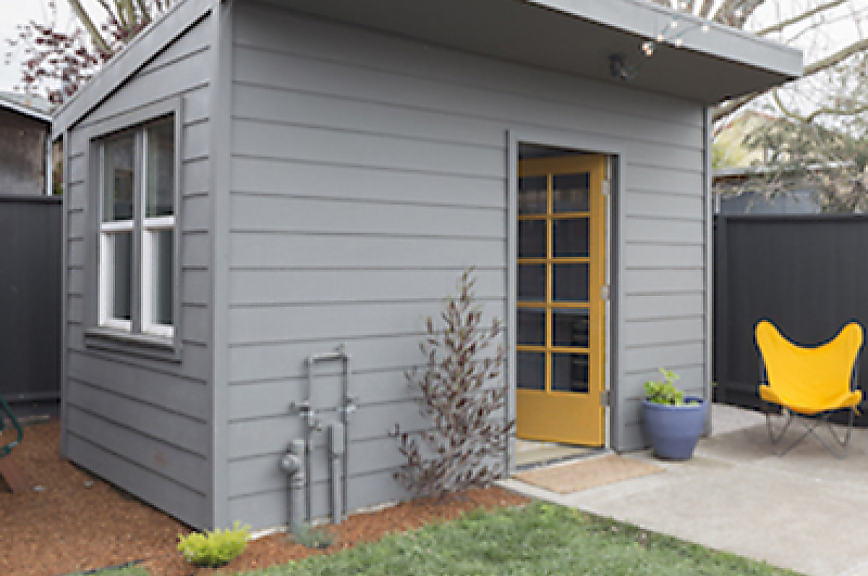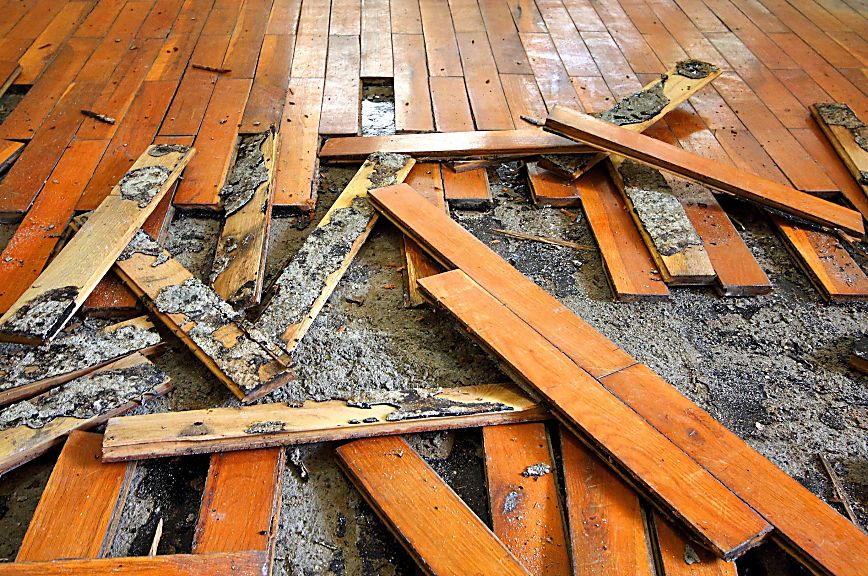It might help, if you're trying to follow the Waco hearings, to have a Bible in one hand and a standard chemical reference manual in the other. The witnesses have their own insider's language, acronyms and key references that might befuddle novices. Why is methylene chloride important? What is the Guitar nebula? Here's a Waco primer:
The April 14th Letter. Also called "the surrender letter." David Koresh hand-wrote this missive to his attorney, spelling out his intention to leave Mount Carmel after finishing his interpretation of the Book of Revelation's mysterious "Seven Seals." "I hope to finish this as soon as possible and to stand before man to answer any and all questions regarding my actions," Koresh wrote.
The Bunker. A concrete room near the complex's cafeteria. More than 40 Branch Davidians died inside or near the bunker on April 19, 1993, apparently while seeking a fireproof haven. Tons of concrete collapsed, burying, crushing and suffocating about 13 people. Investigators say vibrations from the dozen tanks on the scene or falling fire debris -- or both -- contributed to the bunker's collapse.
CS gas. Named for the initials of the two Harvard chemists (B.B. Corson and R.W. Stoughton) who invented it in 1928, CS is a controversial riot-control agent that the U.S. military has agreed not to use in wartime under the January 1993 Chemical Weapons Treaty. But law enforcement agencies still use CS as a tear gas. Its full name is orthochlorobenzalmalononitrile; it is actually a powder.
Death toll. Four agents of the Bureau of Alcohol, Tobacco and Firearms died Feb. 28, 1993, in the raid on Mount Carmel; five Branch Davidians were fatally shot inside and one was killed trying get there from another location (see "Mag Bag"). The toll in the April 19 fire is less clear. The Justice Department report says 75 died, including 25 children. The Branch Davidians count 77, including two nearly full-term fetuses. They count 21 children age 15 and under. The local medical examiner's "final tally" of Branch Davidians killed in the entire incident is 83, not including the fetuses. Ferrets. 40mm plastic rounds containing CS powder in a solution of methylene chloride (see below). At least 400 Ferrets were fired from Bradley Fighting Vehicles on April 19.
Flash-bangs. Stun grenades used by agents on Feb. 28 and throughout the 51-day siege. A flash-bang explodes and can cause fires, but the government says it is only used to startle people, not hurt them.
FLIR. Forward-Looking Infrared Video. Shot from the air, FLIR was used to provide the government with a record of the April 19 events. Controversy has arisen over why a FLIR helicopter or plane was on standby, but not fire-fighting equipment. Also, conspiracy theorists want to know why there's a 4-minute 51-second gap in the FLIR tape.
Guitar nebula. A shooting star or comet, reported on Paul Harvey's radio show March 11, that Koresh took as a sign from the heavens. Koresh played the electric guitar. He also was fascinated by Old Testament references es to "chariots of God" that might be interpreted to be spacecraft or angels.
JTF-6. Joint Task Force Six. Based in Fort Bliss, Tex., it is a component of the military's counter-drug operations. The brass at JTF-6 authorized the use of Green Berets to train ATF agents for their initial raid.
Mag Bag. What federal agents called the garage where Branch Davidians restored and souped up cars, about four miles from Mount Carmel. Also a term for ammunition vests, which the Branch Davidians sold at gun shows as part of their "David Koresh Survival Wear" clothing line.
Malamutes. The first casualties of the Feb. 28 shootout at Mount Carmel weren't human. They were Fawn, Bear, Bandit, Wolfie and Rascal -- the Davidians' pet Alaskan malamutes. The first ATF agents on the scene were authorized to "secure" the dogs with fire extinguishers or bullets. They were housed in a pen near the compound's front door; all were killed.
Methylene chloride. Once widely used in paint strippers, this solvent can cause nausea, dizziness and "drunken behavior" and should be used in well-ventilated areas, according to various chemical manuals. It also forms flammable vapor-air mixtures. Experts say its role in fires has not been fully studied, but it emits highly toxic fumes when burned.
Mighty Men. The phrase occurs frequently in the Bible (e.g., Daniel 3:20), and Davidians say Koresh used it to refer to followers, even weak ones, who were strong in faith. Federal agents say these men constituted Koresh's fanatical, murderous inner circle.
The Missing Door. The right side of the compound's metal front double door was never recovered from the fire, although its left twin was. Branch Davidians claim this door would have proved that ATF agents fired into the compound, in violation of rules about shooting into enclosed areas where targets are not clearly identified or threatening.
Mount Zion. The site in Jerusalem where, according to Koresh's reading of the Book of Revelation, 144,000 of God's chosen people would gather during the apocalypse. Some of his followers began securing passports in the early '90s for the trip to Israel.
Seven Seals. The Branch Davidians believed the Bible to be a sealed book (Revelation 5:1), whose deeper meanings had to be opened by a prophet. Koresh claimed to be one of history's Christ figures and the "Lamb" who could open the seals, one by one, through intense study and action guided by prophecy. One of his followers brought his interpretation of the first seal out of the April 19 fire.
The Sinful Messiah. The title of the series in the Waco Tribune-Herald that exposed Koresh's sexual habits. But to some Davidians' thinking, Koresh was supposed to be sinful, because he was taking on their sins as his own.
Song of Solomon. The Bible's most sensuous book ("I rose up to open to my beloved"), and one of the texts invoked by Koresh to excuse his lustful behavior, including sex with underage girls. CAPTION: DAVID KORESH CAPTION: FERRET CARTRAGE CAPTION: MALAMUTE






















